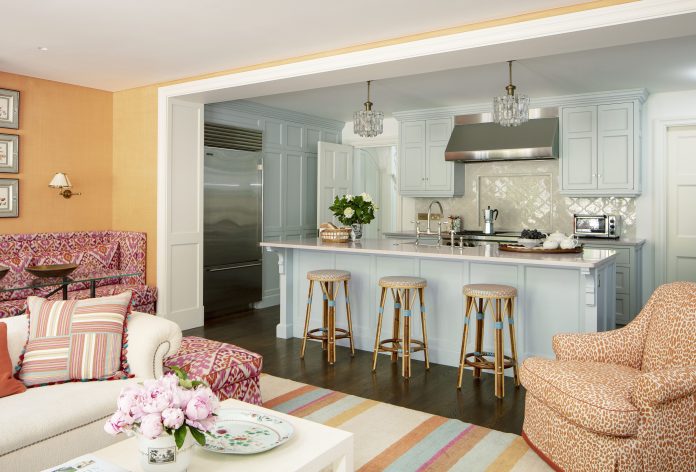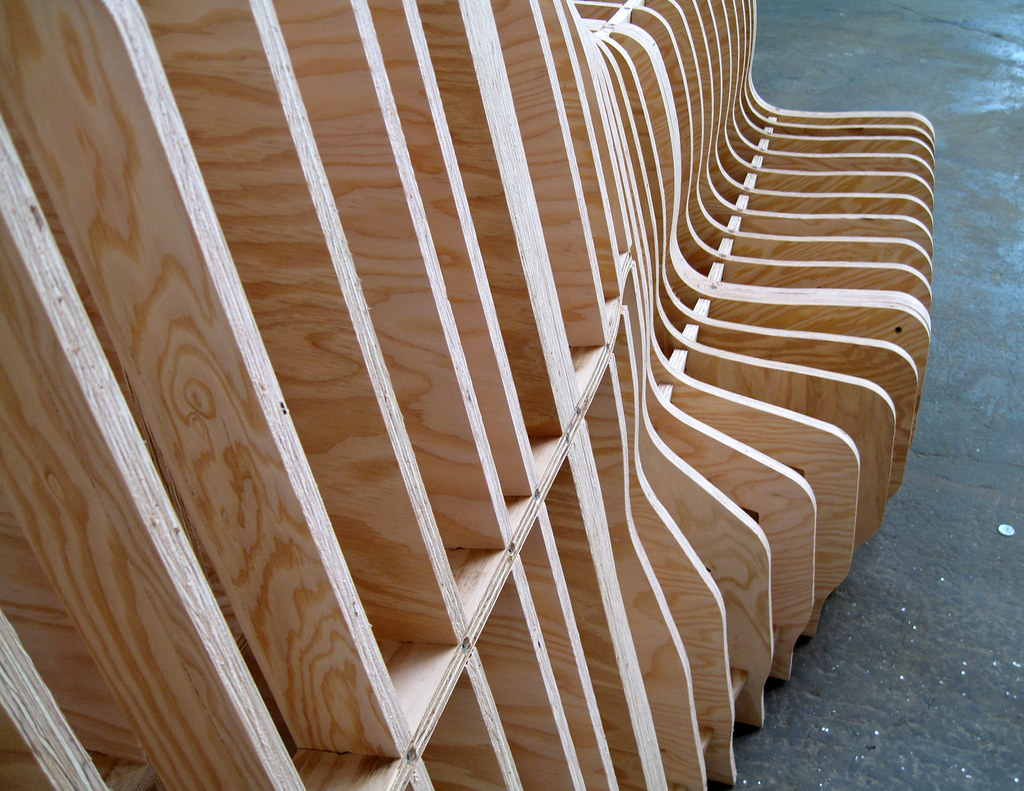What is the best method to choose colors for your kitchen?
Do you choose a few colors you like, then head to your neighborhood hardware store to purchase paint chips? To save a few bucks, do you search for colors on sale? It’s not like choosing paint colors is a big decision, is it?
Well, not in every case.
One of the best small galley kitchen ideas is to decide the colors for your kitchen that impact your mind. The psychological effects of paint colors on our perception of depth and space, mood, and appetite make this decision even more crucial in the kitchen.
Let’s go over everything in detail.
How Can Psychology Play a Role In Choosing Kitchen Colors?
Experts in interior design are already aware of the powerful impact colors can have on our perceptions of space, and this effect extends beyond the kitchen to all areas of our homes.
Vivid colors can give a room more vitality, especially if natural light isn’t available. A small space can feel larger with materials and colors that don’t contrast too much.
How can that assist you in choosing the colors for your kitchen? Depending on your objectives and available space.
When choosing paint chips, wallpaper, tiles, and other color accents for your kitchen, remember the following psychological factors:
Color Affects Our Perception of Depth and Space
Those with small, confined kitchens will find this especially helpful. In incredibly fascinating ways, colors can deceive how our brains interpret space.
As you may already know, light colors brighten and elongate a space, while dark hues make it appear smaller and more enclosed. That is among the most traditional tricks in the playbook of interior design.
However, did you know that contrasting colors can also give the impression of a smaller space?
For this reason, if you want to create the illusion of more space, try to match the color of your wall with the color of your floor, counter, and cabinets.
Make everything a similar light shade for the best impact.
Color Affects Our Moods
The following are a few of the most well-liked colors for kitchens, along with the emotions they typically evoke:
- Red: You can get more energy and have your heart racing when you see a red wall. However, it’s also connected to rage and passion. That’s why red accent walls are more common in homes than completely red rooms.
- Blue: Some people may feel drowsy and at ease around blue tones, reminiscent of the sky and the ocean. In hot climates, using blue tiles or ceramic in a kitchen can give the space a cooler feel.
- Green: Green typically evokes feelings of harmony and balance because it makes us think of plants and the natural world. Green is popular in kitchens because it subtly evokes images of wholesome, nourishing foods.
- Yellow: Although yellow stimulates the analytical portion of our brains, it stifles creativity and causes anxiety in some individuals. It explains why yellow walls are in so many fast-food restaurants: They want their patrons to finish their meals quickly and go.
- White or Grey: Given they exude success and sophistication, white and grey are currently popular kitchen colors. White kitchens with grey accents can add the depth required to prevent the room from feeling overly clinical. Bright, white kitchens will feel airy and clean.
Color Affects Our Appetite
Colors can influence our appetite, a surprising psychological factor to consider when choosing kitchen colors.
Have you ever wondered why red tablecloths are so common in restaurants? Red can make you feel more hungry because it’s a passionate, energizing color that can also increase your heart rate. This is what restaurants are doing to encourage their patrons to eat more!
Other colors besides red can influence how much you eat. According to studies, colors like yellow and orange make your brain produce more serotonin, which can increase hunger.
On the other hand, blue and green tones can have the opposite effect and suppress your appetite because they are soothing hues that typically make people feel at ease or sleepy.
Factors to Consider When Choosing Kitchen Colors
While choosing kitchen colors, it’s fun to think about psychological factors, but you can consider other factors. You may narrow your options and select the ideal one for your room with these additional considerations:
Keep Things Neutral
While it may be alluring to go with a vivid, on-trend hue, neutrals are typically more classic and long-lasting.
Neutral colors can work well in a kitchen where you want to look current for a long time. Remember you can add color splashes with dishes, towels, rugs, and other accessories.
Consider Your Lighting
Different lighting conditions can give significantly different looks to the same color.
For this reason, it’s critical to take lighting into account when selecting colors for your kitchen. A darker shade would work well in a kitchen with large windows and lots of natural light, but it wouldn’t work well in an interior kitchen with harsh LED lighting.
Whatever colors you choose, test them out in your environment to see how they appear against your existing lighting.
Mind Other Details in the Room
Perhaps you’ve always wanted your kitchen to have bright yellow walls, but it currently has grey countertops and blue floor tiles. Or your dream kitchen is a clean, white space, but you have to make do with the dark wood mantels already in your house.
Consider the room elements you cannot alter when selecting a color scheme.
Although countertops and flooring can be replaced, you may have to settle for a paint color that goes well with the existing décor if you lack the time or money for such a project.
Mix Colors Carefully
While combining various color palettes in one space is acceptable, ensure the result will not be an ugly clash.
If you want to use more than one striking color, collect all the materials you’re thinking about using (paint, flooring, countertops, and cabinets) and see how they all work together in the room.
Installing anything should come first. If the colors conflict too much, you can change your mind.
How to Choose the Perfect Kitchen Color?
Are you prepared to select the ideal color for your kitchen and get started? Make sure the color you choose is ideal for your room by using this checklist:
- Consider what colors you might like to wear. Select a range of colors to experiment with, but not so many that it becomes difficult to make a decision. Three to five possible colors are a good place to start.
- If necessary, lay out samples of every finish that will be used in your kitchen. It is only required if you start from scratch when building or remodeling your kitchen. If your space already has floors, cabinets, and counters installed, all you need to do is arrange paint chips to see how they contrast with the other finishes and the available lighting.
- Until you reach a decision, eliminate colors one at a time using the process of elimination.
- Apply the color of your choice to a small section of the kitchen using a paint tester can. To view it with new eyes, take a break. Take a step back and assess its appearance. Before you paint the entire kitchen, make sure you love it.
- Try a different color if the current one doesn’t look quite right.
- After you’ve made up your mind about color, paint the entire space and enjoy.
Final Thoughts!
The kitchen color scheme can make or break a space, one of the most significant in a house. You can transform your kitchen into a place where you love to spend time cooking, spending time with family and friends, and having a space that is truly your own by following this guide to choose the ideal color.

















